-


 Welcome To
Welcome To
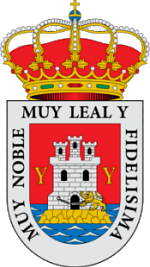 Yecla
Yecla

 Welcome To
Welcome To
 Yecla
Yecla

 Welcome To
Welcome To
 Yecla
Yecla

 Welcome To
Welcome To
 Yecla
Yecla

 Welcome To
Welcome To
 Yecla
Yecla


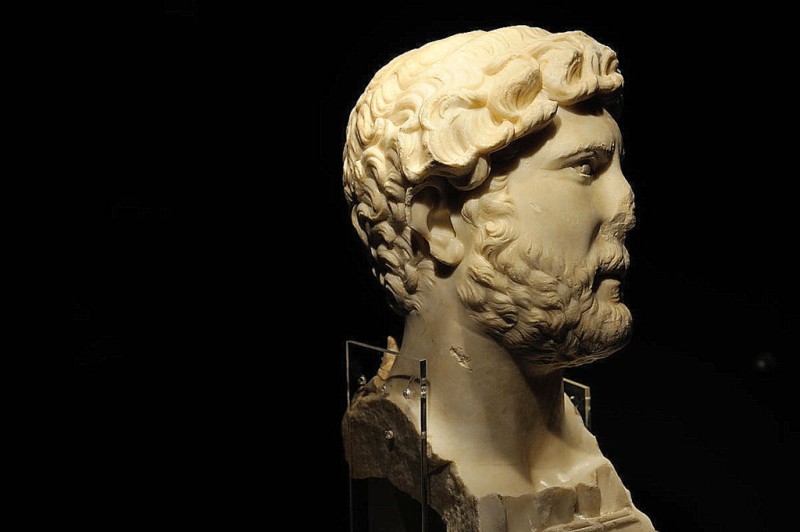 The Cayetano de Mergelina archaeological museum in Yecla documents history and pre-history in the Altiplano area in the north of the Region of Murcia between approximately 150,000 years ago and the Late Middle Ages, with the exhibits reaching the 15th century and tracing the story of human habitation in Yecla until just a few hundred years ago.
The Cayetano de Mergelina archaeological museum in Yecla documents history and pre-history in the Altiplano area in the north of the Region of Murcia between approximately 150,000 years ago and the Late Middle Ages, with the exhibits reaching the 15th century and tracing the story of human habitation in Yecla until just a few hundred years ago.
The 500 square metres of exhibition rooms are divided into the following thematic areas:
1. Pre-history and the sites of Monte Arabí,
2. Proto-history or pre-Roman history at the site of Cerro de los Santos,
3. The Romanization of Yecla and Torrejones, and
4. The Middle Ages and the Cerro del Castillo, Yecla under Moorish and Christian rule.
The museum occupies an 18th-century building which was once the Palacio de los Ortega, the residence of the Ortega family. In the 19th century this property was acquired by the Portillo family and it was remodeled by Justo Millán Espinosa in 1888 (the same architect designed the church of El Niño Jesús in Yecla, the reconstruction of the Teatro Romea in the city of Murcia and the bullrings of Murcia, Lorca, Cieza, Abarán and Algiers). The stained glass windows on which the coats of arms of the family can be seen are dated 1909, and were made in San Sebastián.
The building came into the hands of the Town Hall of Yecla in 1983, and it has since been reformed to house not only the archaeological museum but also the municipal library and historical archive.
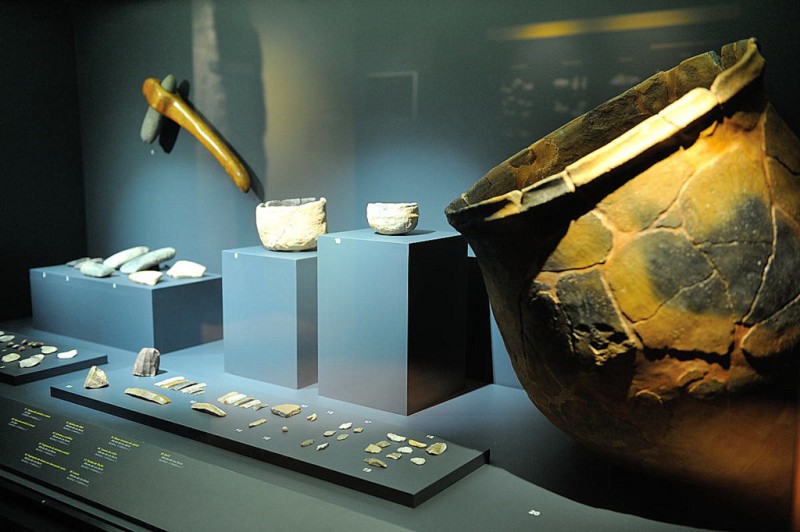
The exhibition areas
Pre-history and the sites of Monte Arabí
Human pre-history in the Iberian Peninsula began between 700,000 and one million years ago in the Lower Paleolithic and lasted until the first written texts were produced in this part of the world after the arrival of Phoenician and Greek colonists in approximately 800 BC. Exhibits from pre-history consist mainly of tools made from stone and bone, rudimentary buildings, and rock and cave art.
The first period of human pre-history is the Paleolithic, when hominids were hunter-gatherers living a nomadic existence. Tools were made out of stone, and fire was one of the crucial elements of early civilization: remains from this period have been found in Yecla at La Fuente Principal and El Madroño (approximately 30,000 years ago).
Then came the Neolithic, when changes in climate favoured the first appearance of cattle farming and agriculture, leading to the establishment of fixed settlements. One of these was at Monte de los Secos in Yecla and the shelters of Monte Arabí contain paintings from this period dating from the 4th and 5th millennia BC.
Next were the Metal Ages, during which Man developed the ability to fashion tools and weapons from copper, bronze and then iron. In the municipality of Yecla around a dozen settlements from the three millennia before the birth of Christ have been discovered, including those at El Arabilejo and Cerro de la Campana.
But the most important site in Yecla related to pre-history is Monte Arabí, in the north of the municipality, where the "abrigos" (shelters) of Cantos de Visera and Cueva del Mediodía contain rock paintings which are included in the World Heritage cave painting sites of the Spanish Mediterranean. The paintings date from the 4th to the second millennium BC, and most belong to the Levantine style.
At the peak of the Arabilejo are the remains of an ancient fortified settlement containing around 20 huts. It has been established that the inhabitants engaged in agriculture in the middle of the second millennium BC, and were also probably responsible for the curious “cazoletas” (rock engravings) just south of the village.
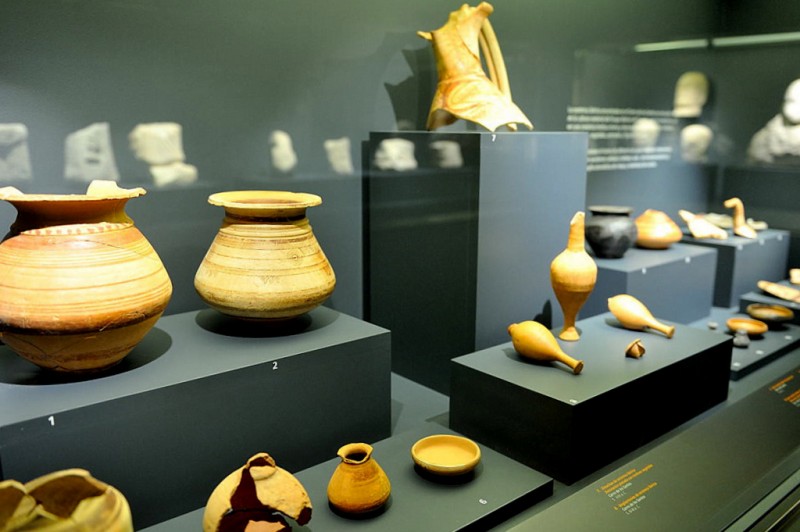
The Iberian culture
The Iberians occupied an area extending from the south of France to the south of Spain, especially in the east of the Iberian Peninsula, from the 8th to the 3rd century BC, and established a hierarchical society wherever they settled. Each tribe was led by a chief, and each occupied its own fortified settlement, usually in hilltop locations.
The Iberians grew cereal crops, olives and grapes, and also plants such as linen and esparto grass for producing textiles. Cattle farming was also important, while mining enabled them to produce coins made from silver, gold, tin and lead in around 400 BC.
The most important site in Yecla related to the Iberians is the Cerro de los Santos, where there were two distinct periods of occupation, the first in the 4th and 5th centuries BC and the second two hundred years later, already under the influence of the Romans.
The first excavation was carried out in 1870 and it is accepted that this is one of the most important sites of Iberian worship yet identified. 400 or so statues were found here, of which 51 are still kept in the Yecla archaeological museum, and although there are practically no remnants of the sanctuary its location is marked by a commemorative obelisk erected in 1929.
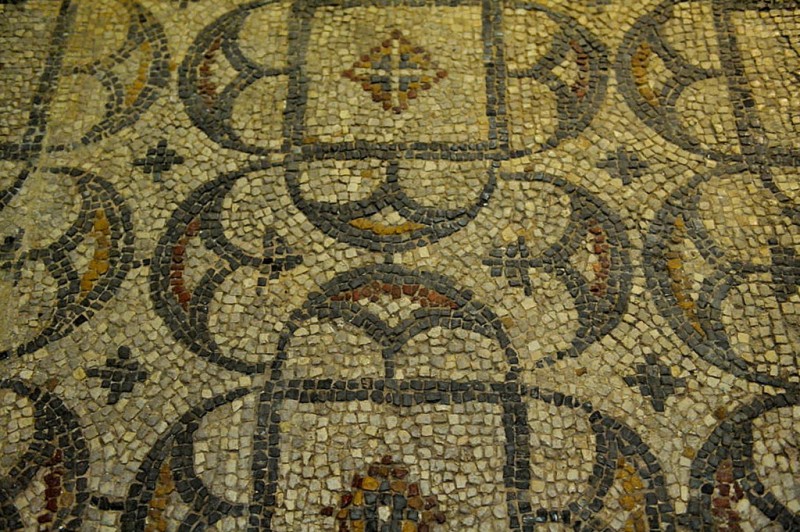
The Romans in Yecla
The arrival of the Romans brought with it a revolution in the way of life in the Iberian Peninsula, as it did throughout a large part of Europe. Latin became the accepted language, a network of roads was constructed, and mining, agriculture and trade flourished.
Romanization in Spain was at its greatest in the south and east, firstly after the triumph in the First Punic Wars (216-206 BC), and secondly during the phase of cultural assimilation which saw the founding of many of Spain’s great cities. The Roman occupation lasted until the 5th century AD.
In Yecla the most important Roman site is at Torrejones, where a typical rural villa served as the centre for agricultural activity in the area. It is located on a wide plain and surrounded by fertile land and supplied with water, and here the Romans cultivated olives and grapes to produce oil and wine. At the site the items unearthed include marble sculptures, coins, ceramics, mosaics and paintings, suggesting that the villa was one of considerable importance.
The four other known Roman villas in Yecla are those of El Pulpillo, Marisparza, Casa de la Ermita and Fuente del Pinar, while inns on the Roman road have been found at Casas de Almansa and Casa de las Cebollas. These stand close to the Via Augusta road which ran from Játiva to Cádiz, and were occupied between the 1st and 4th centuries AD.
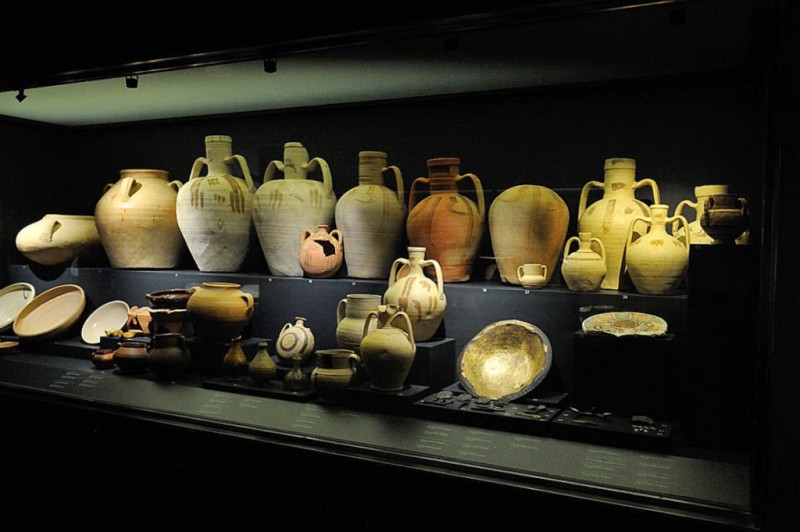
The Middle Ages
After the Romans departed from the Iberian Peninsula the Visigoths who followed lacked any real central authority, making it relatively easy for the Moors to expand their territory to the north of the Mediterranean. They defeated the Visigoths at the battle of Guadalete in 711, and within just three years had spread almost throughout Spain.
But from the 11th century onwards the balance of power began to shift towards the Christian kingdoms of the north, which slowly spread south over the following centuries. By 1492, the Moors were expelled from Granada, their last stronghold in Spain.
In Yecla the Middle Ages are represented by the castle which was known by the Moors as Hisn Yakka, and which was built during the late 11th century. It belonged first to the Taifa of Denia and then to that of Sevilla, and became even more important in the 12th century: this was when the “Medina”, or town, of Yecla began to grow up around the fortress.
The Moors resurrected the old Roman farms at Los Torrejones-Baños and El Pulpillo and a third was located in El Peñón, now in the west of the town of Yecla.
Hisn Yakka was taken in around 1240 by the forces of Jaime I of Aragón and was handed over to the Crown of Castilla in 1244, and twenty years later the failure to respect the rights of the Moors who remained in Murcia led to the Mudéjar Uprising of 1264-66. This eventually brought about an exodus of the local population and a preference for cattle raising rather than crop farming due to the lack of farm hands.
But in the 14th century Yecla found itself on the border between the kingdoms of Castilla and Aragón, and the creation of a customs point led to there being a considerable upsurge in economic activity and to the re-population of the land.
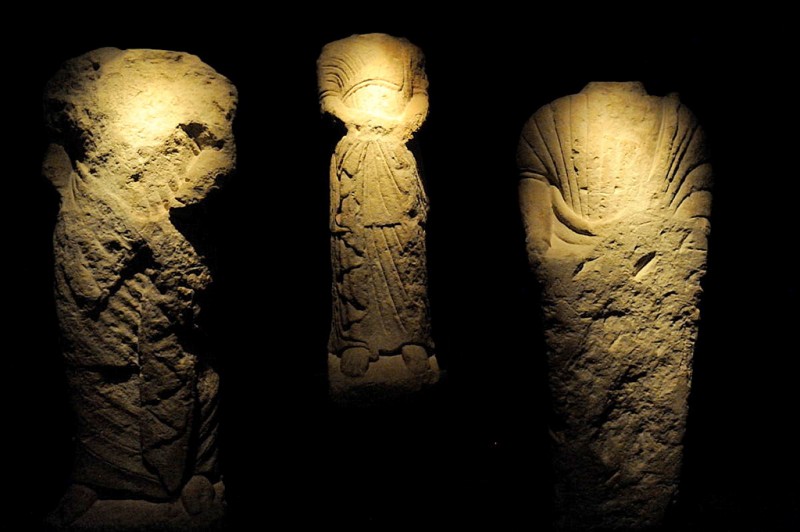
Contact details
Address: Museo Arqueológico Cayetano de Mergelina, Calle España, 37, 30510 Yecla, Murcia (click for map location)
Telephone: (+34) 968 790901
Email: museoarqueologicodeyecla@gmail.com
Opening times
Tuesday to Friday 9.00 to 13.00
Weekends 10.00 to 13.30
Guided visits
Tuesday to Friday at 11.00
Weekends at 11.00 and 12.30
Pre-arranged group visits can be booked for groups of between 10 and 25 people: further information and reservations on 968 790 901, Monday to Friday 9am to 1pm.
Admission fees
Free of charge on International Museums Day (May 18) and for an open day during the September Fair.
The standard admission fees on other dates are 2.50 euros for the permanent exhibition, 1.25 euros for the ReGreco collection (currently not open to the public), 1.50 euros for the Cantos de Visera cave paintings (closed during January) and 1.50 euros for the guided visit.
There are discounts for students aged 12 to 26, pensioners, the disabled and large families, and more than one visit can be combined with a slight reduction. Children aged under 14 are admitted free of charge if accompanied by an adult.
Closed on Mondays and the public holidays of January 1 and 6, March 19, Good Friday, Easter Sunday, May 1, June 9, August 15, October 12, November 1 and December 7, 8, 24, 25 and 31.
Visits to the cave paintings of Cantos de Visera in Monte Arabí are allowed only in the company of a tour guide, and must be arranged at least 48 hours in advance. Groups must be of between 15 and 25 people.
If visiting Yecla don’t forget to make sure one of your first ports of call is the tourist office (Plaza Mayor, 1, telephone 968 754104, email turismo@yecla.es).
Click the home page of Yecla Today for further information including what to visit and What's on and local news.
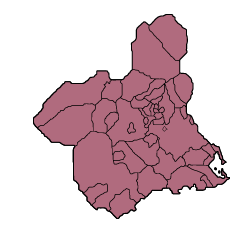



Hello, and thank you for choosing CamposolToday.com to publicise your organisation’s info or event.
Camposol Today is a website set up by Murcia Today specifically for residents of the urbanisation in Southwest Murcia, providing news and information on what’s happening in the local area, which is the largest English-speaking expat area in the Region of Murcia.
When submitting text to be included on Camposol Today, please abide by the following guidelines so we can upload your article as swiftly as possible:
Send an email to editor@camposoltoday.com or contact@murciatoday.com
Attach the information in a Word Document or Google Doc
Include all relevant points, including:
Who is the organisation running the event?
Where is it happening?
When?
How much does it cost?
Is it necessary to book beforehand, or can people just show up on the day?
…but try not to exceed 300 words
Also attach a photo to illustrate your article, no more than 100kb

